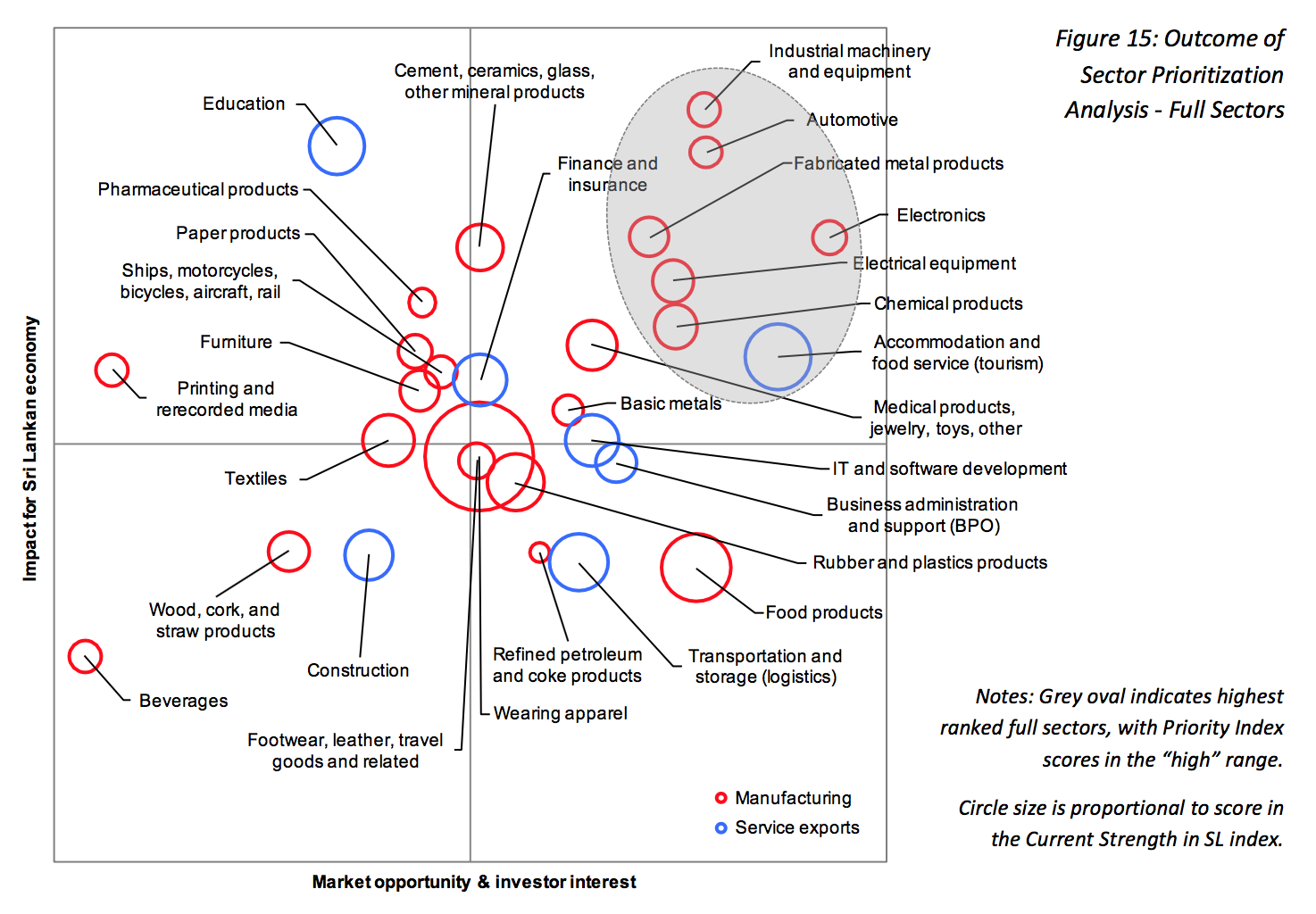Hausmann, R., et al., 2022. The Economic Complexity of Namibia: A Roadmap for Productive Diversification .Abstract
After a large growth acceleration within the context of the commodity super cycle (2000-2015), Namibia has been grappling with three interrelated challenges: economic growth, fiscal sustainability, and inclusion. Accelerating technological progress and enhancing Namibia’s knowhow agglomeration is crucial to the process of fostering new engines of growth that will deliver progress across the three targets. Using net exports data at the four-digit level, we estimate the economic complexity of Namibia – a measure of knowhow agglomeration – vis-à-vis its peers. Our results suggest that Namibia’s economy is relatively less complex and attractive opportunities to diversify tend to be more distant. Based on economic complexity metrics, we define a place-specific path for productive diversification, identifying industries with high potential and providing inputs – related to their feasibility and attractiveness in Namibia – for further prioritization. Namibia’s path to structural transformation will likely be steeper than for most peers, calling for a more active policy stance geared towards progressive accumulation of productive capacities, well-targeted “long jumps”, and strengthening state capacity to sort out market failures associated with the process of self-discovery.



